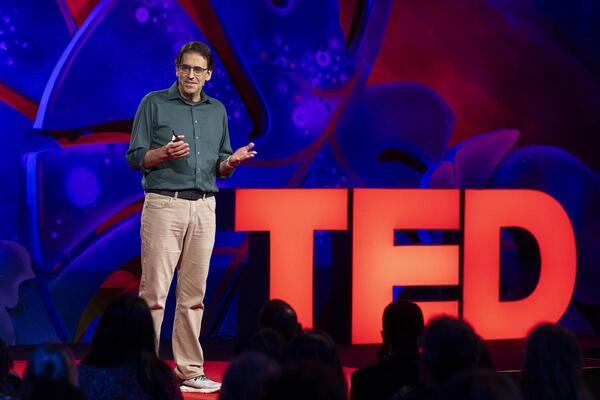Authors
Categories
Subscribe for updates
August 9, 2022
Vox.com
What’s the best way to help extremely poor people? After 20 years, the evidence is in.
If you want to fight poverty, you probably intuitively feel that the worst-off people are the ones who should be prioritized. As difficult as it is to live on a few bucks a day, someone who’s living on just $1.90 a day clearly has it worse, and it makes sense to think you should try extra hard to help the poorest of the poor.
It’s a big moral problem, then, that a lot of anti-poverty programs fail to successfully do that.
That problem has bothered BRAC, a major international development charity based in Bangladesh, since the 1990s. Back then, the charity was working on voguish anti-poverty programs. Microfinance was all the rage, but it was becoming clear that microloans weren’t reaching the poorest households. Nobody wanted to lend to them because who knew if they could pay back the loan? And the poorest households often didn’t want to borrow because they weren’t confident that they could figure out how to turn a profit and repay.
Like many other charities, BRAC had also been distributing food to very vulnerable households. But it grew disenchanted with the model of simply giving away food, or even giving away money via cash transfers.
“It’s very important, but not transformative,” Shameran Abed, the executive director of BRAC International, told me. “You’re keeping people alive, you’re helping them to survive to the next day, but you’re not helping them move out of that situation. They’re going to need you to come back again and again.”
To put it in terms of a classic slogan: You’re giving them a fish, but you’re not teaching them how to fish. The BRAC team decided they needed to try something new if they wanted to lastingly improve life for the worst-off — the “ultra-poor,” as they put it.






.jpg)